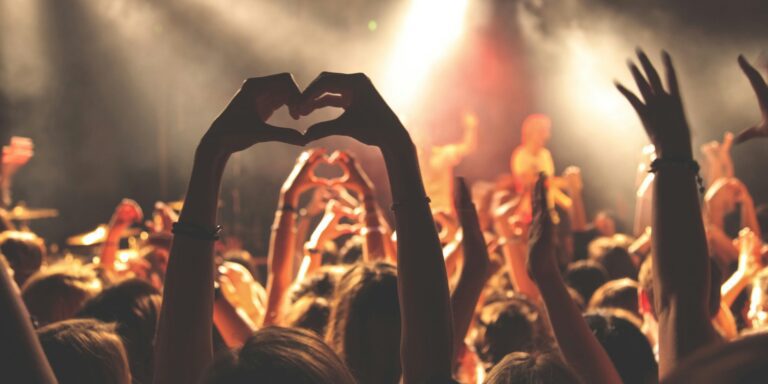In a time when nearly any song is available at the tap of a screen, live music continues to prove its irreplaceable value. This truth was reinforced on August 3, 2025, when the cultural vibrancy of live performance was on full display. Dead & Company concluded their historic three-night stand in San Francisco with what may be their final bow, while rapper-singer Doechii took the Lollapalooza stage in Chicago to announce her first headlining tour. These events didn’t just showcase artistry—they reminded audiences why live music remains a vital, deeply human experience in the face of increasingly digitized consumption.
Concerts create an atmosphere of authenticity that simply can’t be captured through algorithmic platforms. Streaming services offer personalized playlists and curated suggestions, but the soul of music—its spontaneity, imperfections, and communal resonance—emerges most powerfully in front of a live audience. When Bob Weir and John Mayer led the crowd through a heartfelt “Sugaree,” or when Doechii energized festivalgoers with her genre-blending sound and bold stagecraft, it wasn’t just music—it was moment-making. These unscripted, visceral experiences remain etched in memory, far surpassing even the most expertly crafted studio mix.
The social aspect of concerts adds another dimension entirely. For Deadheads gathered in Golden Gate Park or fans pressed against the rail at Grant Park in Chicago, these shows were about more than just sound. They offered a sense of belonging, shared history, and collective joy. Research supports this sentiment: numerous studies confirm that communal musical experiences enhance emotional wellbeing, lower stress, and help build social bonds. In an era where screen time dominates our interactions, the physicality and presence required at a concert reconnects us to each other and to ourselves.
Doechii’s Lollapalooza appearance was a case in point. Her announcement of the “Live From the Swamp Tour” wasn’t just breaking news—it was a live revelation, punctuated by cheers, tears, and the ecstatic energy of fans who realized they were witnessing a pivotal moment. That kind of atmosphere can’t be downloaded. The roar of the crowd, the spontaneous applause, and the mutual recognition between artist and audience turn performances into cultural markers that streaming alone cannot replicate.
Moreover, the act of attending live music is one of emotional investment. It demands time, presence, and, often, travel. But this very commitment enhances the depth of the experience. Unlike the casual shuffle of a playlist, a concert requires engagement from beginning to end. Whether dancing for hours on the grass in San Francisco or standing in awe at a stadium light show, fans connect with music through all their senses, not just their headphones.
The economic impact of live music is equally significant. Tours and festivals sustain entire ecosystems—from lighting technicians to local food vendors. For cities like San Francisco and Chicago, these gatherings represent not only cultural enrichment but financial revitalization. August’s surge in hotel bookings, vendor activity, and tourism around the Grateful Dead’s anniversary and Lollapalooza is evidence that live music continues to be a powerful economic engine.
While streaming remains an essential tool for music discovery and accessibility, its dominance has led to an increasingly passive listening culture. Songs optimized for algorithms and short attention spans lack the arc and depth of a live set. Many music fans now turn to concerts to reawaken their emotional connection to sound, seeking the longer, deeper narratives that live shows provide—narratives that defy the predictability of digital formulas.
Additionally, live music often signals artistic evolution. The Grateful Dead’s 60th anniversary event felt like a coda to a historic journey, a spiritual closure for a band that revolutionized the American jam scene. Similarly, Doechii’s explosive rise—marked by her Lollapalooza announcement—suggests a turning point in her career and perhaps a broader shift in hip-hop and pop. These are not just concerts—they are milestones in music history.
Ultimately, in a digital landscape where convenience often trumps connection, live music remains a rare and necessary antidote. It speaks to our need for unfiltered experience, our desire to feel something real in real time. While algorithms may know our tastes, only the stage can stir our souls. Live music endures because it delivers what screens cannot: human presence, emotional depth, and shared joy that no playlist can provide.


